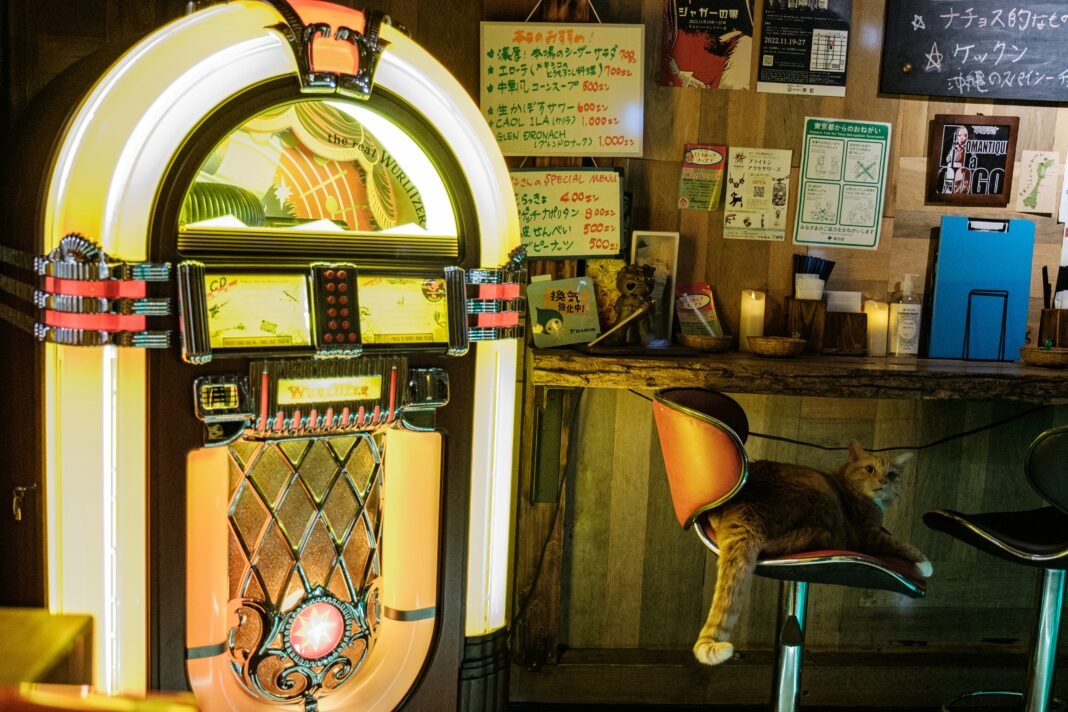The Golden Age of Jukeboxes
Jukeboxes once symbolized the vibrant culture of music and social interaction in bars, diners, and clubs. From the 1940s through the 1960s, jukeboxes were a staple of American entertainment, allowing patrons to select their favorite songs for just a few coins. This era, often referred to as the Golden Age of Jukeboxes, saw the machines become iconic fixtures, representing not just a method of playing music but a social hub where people gathered to enjoy the latest hits.
The Rise of New Technology
The decline of jukeboxes began in the late 20th century, coinciding with the rise of new music technologies. The advent of personal music devices, such as the Walkman in the 1980s and portable CD players in the 1990s, marked the beginning of a shift away from communal music experiences toward more individualized listening habits. As people gained the ability to listen to their preferred music privately, the demand for public jukeboxes started to wane.
Impact of the Digital Revolution
The digital revolution of the late 1990s and early 2000s dealt a significant blow to the jukebox industry. The introduction of digital music formats like MP3s and the rise of online music platforms allowed users to access vast libraries of music on personal devices. The widespread availability of music streaming services further accelerated this decline, as listeners could now instantly play any song they desired from virtually anywhere, diminishing the need for physical jukeboxes in public spaces.
Changing Social Dynamics
Social dynamics also played a role in the phasing out of jukeboxes. As public spaces evolved, the atmosphere in venues like bars and restaurants shifted, with many establishments opting for background music or live entertainment instead of jukeboxes. Additionally, the increasing focus on visual entertainment, such as televisions and video games in public places, further marginalized the role of jukeboxes. The communal aspect of selecting and listening to music in a public space became less central to the social experience, contributing to the decline of jukeboxes.
The Nostalgia Factor and Modern Revival Attempts
Despite their decline, jukeboxes have retained a nostalgic appeal. Vintage jukeboxes are now sought after as collector’s items and are occasionally used as decorative pieces in retro-themed establishments. Some companies have attempted to revive the jukebox by integrating modern technology, such as digital touchscreens and internet connectivity, allowing users to stream music from a vast online database. However, these modern jukeboxes often serve more as novelties than as central entertainment devices, and they have not been able to fully recapture the cultural significance of their predecessors.
Conclusion: The End of an Era
The decline of jukeboxes represents the end of an era in which music was a communal experience shared in public spaces. While technological advancements have brought new ways of accessing and enjoying music, they have also led to the phasing out of once-popular entertainment devices like the jukebox. Although they may no longer hold the central place in popular culture that they once did, jukeboxes remain a cherished symbol of a bygone era, reminding us of the social and cultural importance of music in public life.


